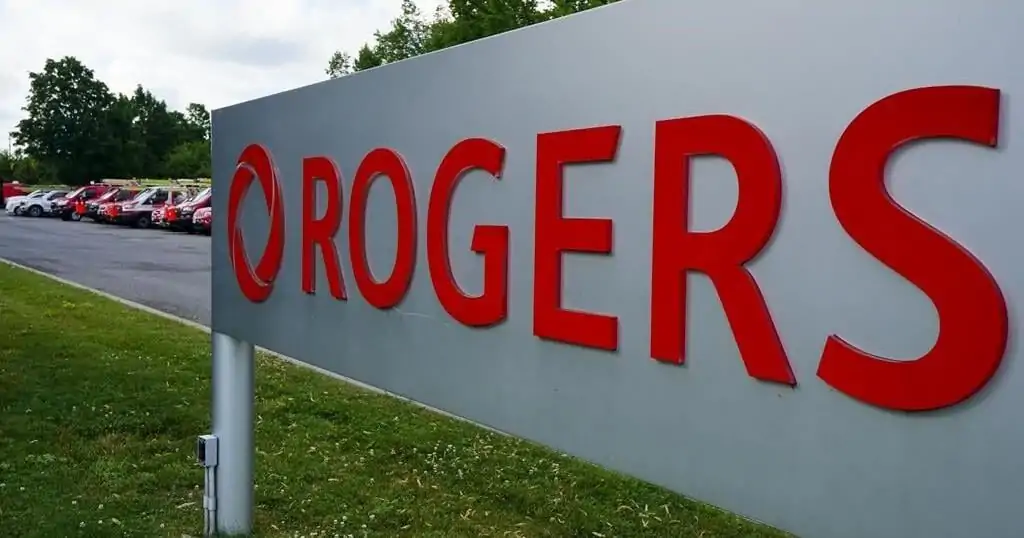TORONTO – Rogers Communications Inc. is buying out Bell’s 37.5 per cent share of Maple Leaf Sports & Entertainment for C$4.7 billion, giving it 75 per cent ownership of the sports conglomerate.
Rogers and Bell had held equal shares of MLSE, which owns the NHL Maple Leafs, NBA Raptors, CFL Argonauts, MLS Toronto FC and AHL Marlies.
MLSE chairman Larry Tanenbaum, via his holding company Kilmer Sports Inc., owns a 25 per cent stake in MLSE. OMERS, a Canadian pension fund, purchased a five percent indirect stake in MLSE in the summer of 2023. through a 20 percent direct stake in Kilmer Sports for US$400 million.
“MLSE is one of the most prestigious sports and entertainment organizations in the world and we’re proud to expand our ownership of these coveted sports teams,” Rogers president and CEO Tony Staffieri said in a statement. “As Canada’s leading communications and entertainment company, live sports and entertainment are a critical part of our core business strategy.”
Rogers, which owns Sportsnet, already owns Major League Baseball’s Blue Jays and its Rogers Centre home.
The proposed sale puts the value of MLSE in its entirety at C$12.53 billion. Bell said the transaction is expected to close in mid-2025.
In a separate statement, Bell said it plans to use proceeds of the sale “towards reducing debt levels and to support its ongoing transformation from telco to techco with a focus on core growth drivers.”
Bell, which owns TSN, will continue to air games.
Rogers says the deal, subject to league and regulatory approvals, provides Bell with the opportunity to “renew its existing MLSE broadcast and sponsorship rights long-term at fair market value.” This includes access to content rights for 50 per cent of Maple Leafs regional games and 50 percent of Toronto Raptors games for which MLSE controls the rights.
Bell says it has secured content rights for the Leafs and Raptors on TSN for the next 20 years through a long-term agreement with Rogers, subject to league approval. TSN will also continue to broadcast Argonauts and Toronto FC games through independent agreements with the respective leagues.
“We are proud of our time as co-owners of these iconic sports teams, and through this agreement have ensured that fans can count on Bell’s continued support of their teams,” Mirko Bibic, president and CEO of BCE Inc. and Bell Canada, said in a statement. “Today’s announcement demonstrates that we are focused on creating the financial flexibility to support our ongoing transformation and core growth drivers.”
Bell remains official telecom sponsor of the Raptors and will continue sponsorships of the Argonauts and TFC.
The sale, if it goes through, would likely streamline MLSE decision-making.
Rogers and Bell reportedly did not see eye to eye on the merits of a WNBA franchise, with Tanenbaum eventually securing a Toronto team under the Kilmer banner.
“MLSE has been fortunate to have one of the very best ownership groups in sports and entertainment for many years and it has led to MLSE becoming one of the leading organizations in our industry,” MLSE president and CEO Keith Pelley said in a statement.
“As an organization, we are grateful for their contributions, and we remain fully focused on our priorities and further driving a championship mentality across MLSE.”
Rogers said the purchase will not affect its debt leverage “and financing will include private investors.”
“MLSE continues to appreciate significantly, and together with our sports and media assets, we plan to surface more value for shareholders long-term,” said Staffieri. “This agreement also ensures long-term Canadian ownership and investment of these iconic teams.”
Rogers also has “strategic partnerships” with the Vancouver Canucks, Edmonton Oilers, Calgary Flames and NHL. When the transaction closes, Rogers will be the largest owner of MLSE with a controlling interest in 75 per cent of MLSE.
Rogers and Bell closed their deal to acquire an ownership position in MLSE in August 2012 after announcing the purchase from Ontario Teachers’ Pension Plan in December 2011 via a C$1.07-billion bid.
In acquiring 75 per cent equity ownership in MLSE, they formed a holding company to govern their combined ownership position.
At the time, Kilmer Sports increased its 20.5 percent ownership stake to 25 percent.
Whether Rogers looks to expand its share even more remains to be seen. Under their ownership agreement, Rogers and Bell reportedly had the right to buy out Tanenbaum by July 2026.
While not one for the limelight, Tanenbaum has represented the Raptors at the NBA’s board of governors and the Leafs with the NHL.
—
Follow @NeilMDavidson on X platform, formerly known as Twitter
This report by The Canadian Press was first published Sept. 18, 2024

























